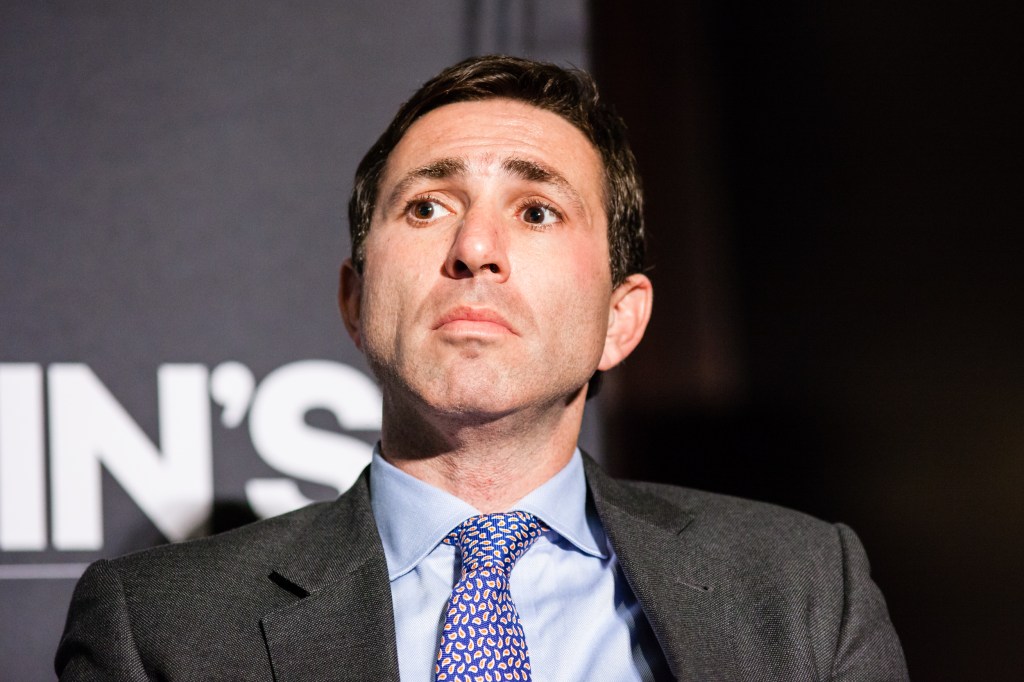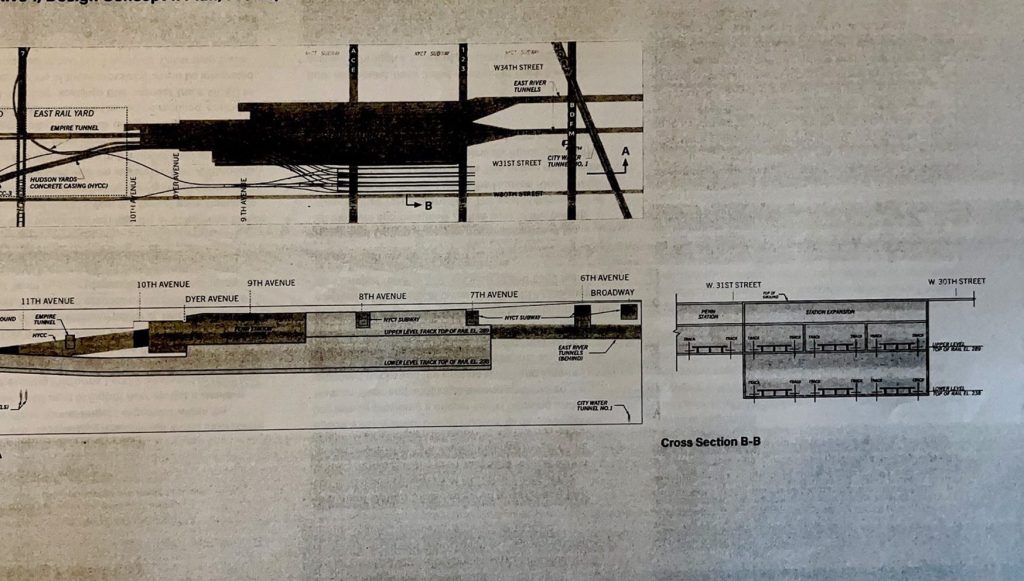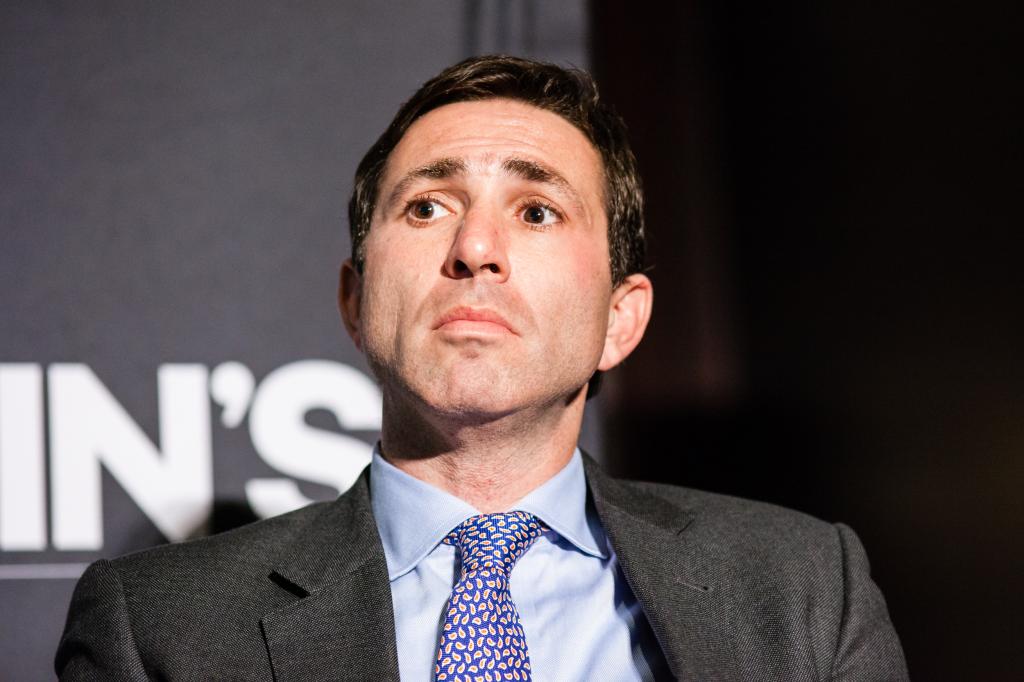tiqNHztK
MTA whines about Post stories revealing details on multibillion-dollar mega-projects
Contact The Author
A top MTA executive whined on Wednesday about a series of stories in The Post that revealed how pricy design and engineering decisions made by outside consultants have helped inflate its construction costs to some of the highest in the world.
MTA’s construction and major projects division boss Jamie Torres-Springer scoffed at the reporting, which found massive cost overruns at projets, such as the planned renovation of Penn Station.
“[S]ome tend to dwell on the costs of our big mega-expansion projects — even, lately, some projects we’re not even finished planning or, even, that we’re not responsible for building,” Torres-Springer said, during a broader defense of MTA spending and contracting practices and its $55 billion construction budget.
He also argued that his staff has made strides in curing the MTA’s heavily-documented contracting struggles.
The remarks were followed by an extraordinary exchange between reporters and MTA chairman Janno Lieber, in which he attempted to distance the agency from a bombshell report obtained by The Post that revealed the size and price tag of Penn Station’s new wing, dubbed Penn Expansion, had exploded.
New designs seen by the paper show the project could cost as much as $16.7 billion and require the railroads — including his agency, New Jersey Transit and Amtrak — to use eminent domain to grab a larger swath of Midtown than previously proposed.
“We are not involved with the design of the Penn Expansion project. It is underway, it’s a project of Amtrak and New Jersey Transit,” Lieber said.
“The only way that the MTA has been drawn into this is because there needs to be an initial — this is an environmental law technicality — an initial determination of some kind by the environmental overlords that Penn reconstruction is its own project and can move forward separately,” he added, before tossing his staff under the bus for not pushing back more vigorously on The Post’s reporting.
The staffers, he told the press, “failed to convey this our friend, Mr. Hicks [the author], but I just want to be very clear the expansion is not an MTA project.”
The report and records tell another story.
The report was done by MTA consultants, overseen by Torres-Springer’s staff and the MTA — along with Amtrak — is listed as the agency in charge of Penn Expansion on records kept by the Federal Transit Administration. The response to the story came in a joint statement issued by the MTA and Amtrak.
MTA officials argue — and experts agree — that its made reforms that get projects finished more quickly and stop them from devolving into the sort of agency-consuming dramas that contributed to to the subways’ meltdown during mid-2010s.
But there is still the issue of the overblown designs that have been the focus of a recent series of stories in The Post, which found they typically come from outside consultants and apparently get little push back from an understaffed MTA major projects teams.
The outside firms dramatically expanded the size of Penn Expansion from 8 tracks to 9-12 tracks by assuming that trains would spend an average of 22 minutes parked at the platforms, which is far more time than the Long Island Rail Road or NJ Transit need in the current cramped Penn Station.
Other projects with potentially costly overdesigns identified by The Post include:
- Oversized station decisions have contributed an estimated $2 billion to the $6.6 billion price tag of the Second Avenue Subway’s extension through East Harlem
- Electrical system specs would have the MTA install nearly twice as many substations as needed to electrify the LIRR’s Port Jefferson Branch, adding $320 million to the cost
- Early designs for the proposed Brooklyn-Queens rail line, the Interborough Express, call for station platforms that would be 270 feet long, which would make them far larger than those used by nearly identical systems in other major US cities.





